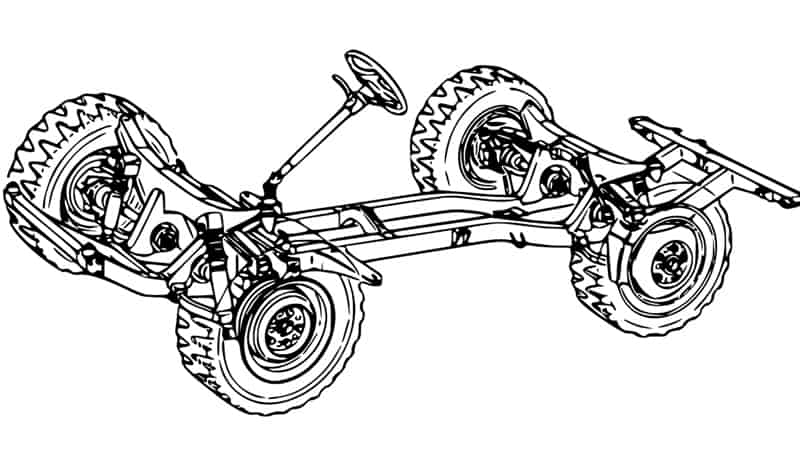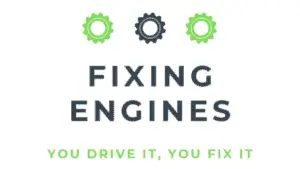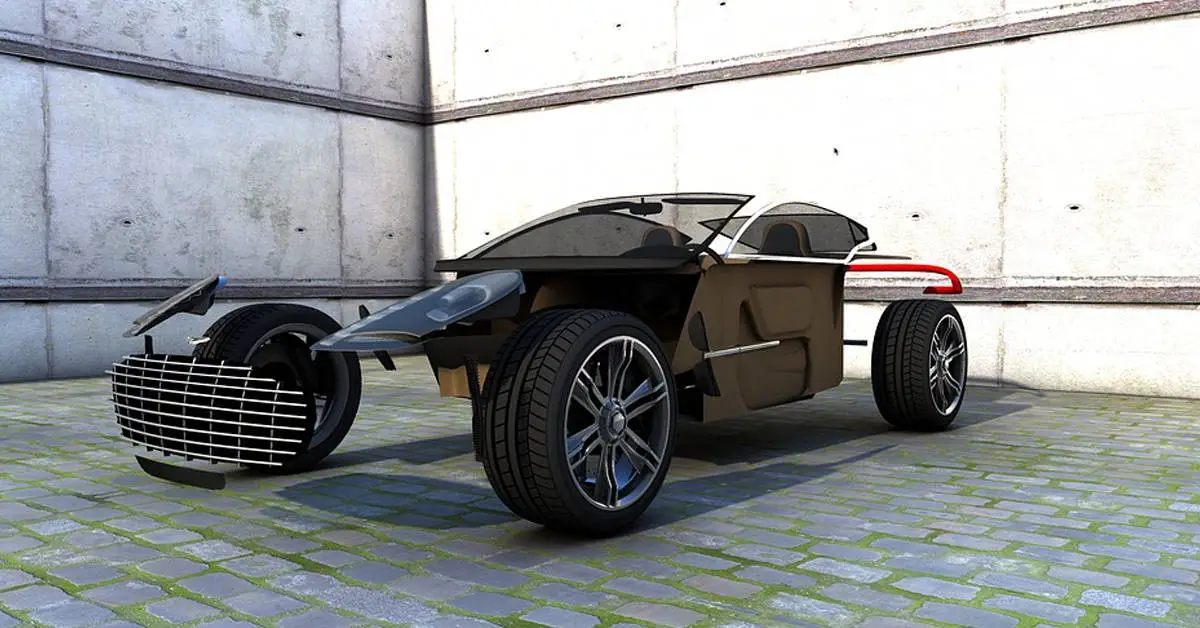The vehicle you see does not stand independently. If it did, the components of the vehicle would have to float in the air. Seeing as that is yet impossible, chassis were designed with one function in mind. What is the purpose of a chassis?
A chassis provides support for the body and mechanical parts of the car. It is the skeleton of the vehicle that connects all the pieces in a way that it can function. It is probably the most important part of a vehicle.
How Does a Chassis Work?

As the central framework of the car, the chassis bears a lot of responsibility. It hosts the frame of the car plus the steering mechanism, transmission, suspension system, engine, rear axle, wheel system, and brake system. Sometimes, the driver’s seat can be a part of the chassis.
At the most fundamental level, you can say the chassis of a car comprises only the frame. Vehicles are not the only objects that have a chassis. Even circuit boards in electrical engineering use a chassis as support.
The chassis doesn’t just anchor the primary components of a car. It holds them in such a way that their interaction will cause the car to move. You can look at the chassis as a collection of structures that are integrated with the components of a car.
The transmission, steering system, chassis, and suspension system bring about the movement of the car in this way:
- Motor mounts or a subframe motor attach the engine to the chassis. The engine transfers torque to the front or rear axle via the transmission. The wheels rotate, moving the car forward or backward.
- The steering is connected to the chassis, and it changes the direction of the car. As the wheels move, the steering is handy to give them direction. There are many interconnected mechanisms in these systems that ensure smooth driving.
- Between the power train and the wheels lies the gearbox. It may be automatic or manual. The gears are at different levels, with each one increasing or decreasing the torque. An increase in the torque results in a decreased load from the engine.
- The suspension system comes into play while driving, to absorb the vibrations from the road. Even a smooth road is uneven in many places. The shaking and fluctuations from driving on an uneven surface can cause the parts of the steering and transmission to fail.
The steel coils, linkages, and shock absorbers of the suspension system prevent this failure by absorbing and distributing any impact the car encounters, including bumps and potholes.
As explained above, the chassis connects these components to provide a smooth and adequately controlled drive.
What Is the Purpose of a Chassis?
The chassis is not an isolated part of a vehicle. Whether the vehicle is moving or parked in a position, the chassis bears all its stress. Besides anchoring parts of the car, it also gives structural integrity. Without structural integrity, a car will collapse on itself.
Although it is not seen when you look at a car, it plays a huge part in protecting you in the event of an accident. The airbag is not the only protective feature of the car. A chassis is designed to withstand force from all angles.
How Does Chassis Affect Performance?

This is best illustrated using race cars. Race cars use a tubular chassis that provides a good amount of rigidity. This rigidity is important for the quick responses needed to take those sharp turns on a racetrack.
A rigid chassis offers more stability for the car’s suspension system. A stable suspension can better maintain traction between the tire and the road. Losing this traction makes the car skid and bounce. Any flex in the chassis presents an unpredictable spring in the suspension system.
This results in an unpredictable vehicle with a mind of its own. The energy stored in the tight chassis is released randomly and the steering response becomes delayed. In effect, the car will not turn when you want it to and it will turn when you do not want it to.
Thus, understanding the car model and fitting it with a chassis that matches will determine how the car performs.
How Does a Chassis Get Damaged?
There are a few issues that can arise from a chassis without external influences. With normal use, a chassis can last for close to 8 years without needing to be changed. The two major external influences that can damage a chassis are:
- Rust – over time, as the metal of the chassis is corroded, it loses rigidity and strength. Corrosion is common in coastal environments and other places with high moisture. This external effect is terrible because it creeps up slowly and before you know it, the chassis is extremely damaged.
- Physical damage, like a collision, can affect the strength of a chassis. The unibody design of cars makes them more prone to such damages. To offer protection, many cars today are made with crumple zones. These are areas on the car that take the brunt of any damage.
Driving long distances or on rough terrains with a chassis that was not designed for such conditions can cause irreparable damage without your knowledge. It is best to use your car in conditions it can handle.
Can You Repair a Damaged Chassis?
The extent of the damage and the type of chassis involved will determine how to repair it. Even minimal damage on a unibody chassis might be more expensive than you expect. Minor repairs start at $1000 and go up to $7000. This includes the cost of replacement parts and labor.
A complete replacement of the chassis (buying a new one) can cost above $10,000. In such cases, it may be wise to write off the car. Insurance companies will not pay for damages if the cost of repair exceeds the current value of the car.
To save money, get one or two quotations from different mechanics. Weigh your options and decide. Resolve to inspect, clean, and lubricate your chassis to prevent damages and fix minor ones as soon as possible.

